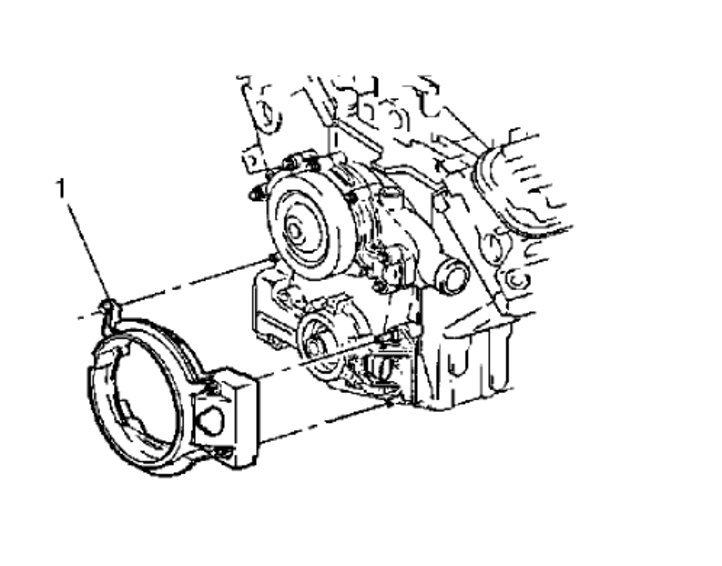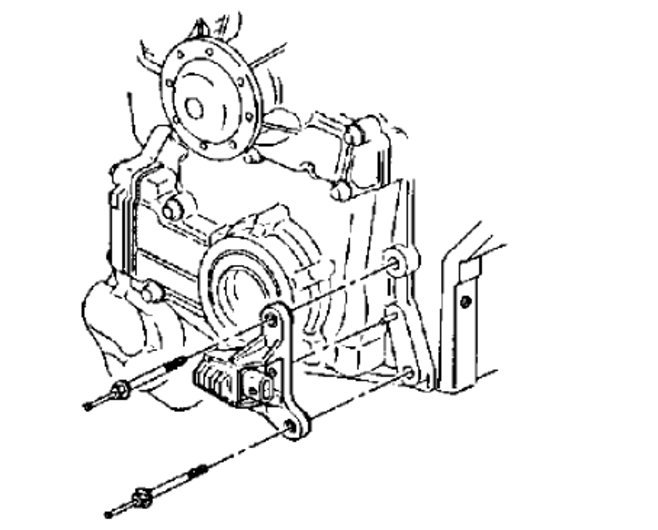I provided a link at the bottom of a video that I uploaded, In that video, my rockers and push-rods have play in them, (the rockers slide from side to side, even tho its not very much, but it worries me, also, I can spin around some of the push-rods with ease especially cylinder number five push-rods), I have not gotten to the rear bank Yet, but I am guessing it will be the same scenario back there.
I though of just replacing the lifters and corresponding push-rods that had play in them (as a cheap fix), but I figured that would not be a good idea.
So my question(s) is, are the play that I am having in those rockers and push-rods a common thing to see in these engines?
If not : (1) what would be a good way to diagnose what my problem is while I have the engine open?
(2) What extra step/check can I do while I am inside the engine to see what else I need to perform a good fix? Is it worth is dropping the oil pan and checking the bearing for any play?
And (3) If I do not need anything else, will just replacing the push-rods and lifters fix this issue for me?
Thanks.
Link to Youtube Video : https://www.youtube.com/watch?v=LYh8oXtdWA0
SPONSORED LINKS
Thursday, September 15th, 2016 AT 10:27 PM





